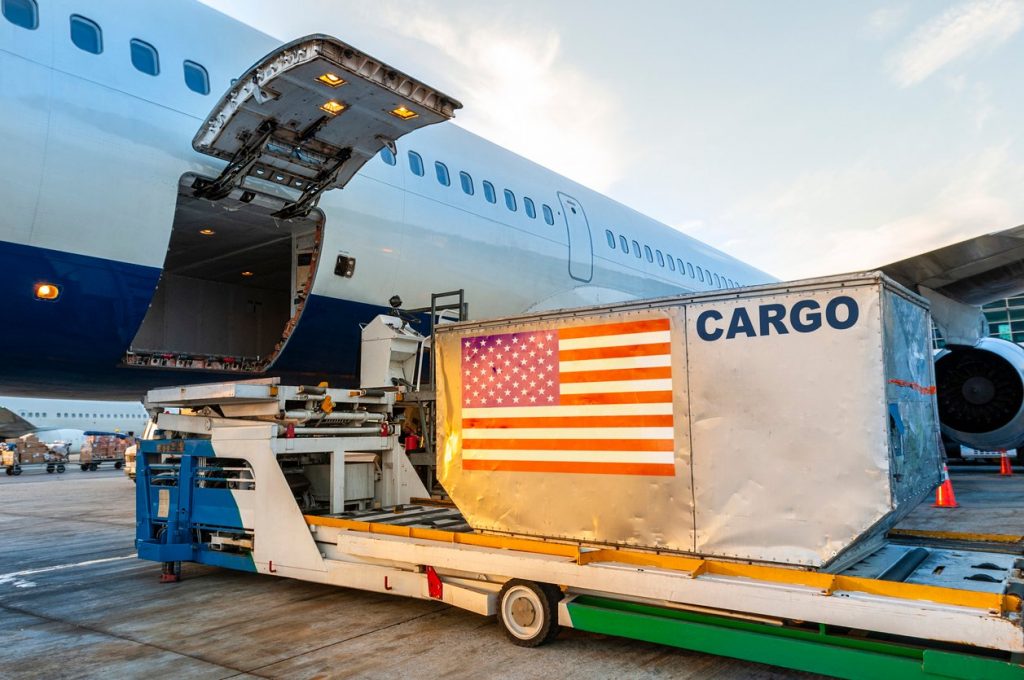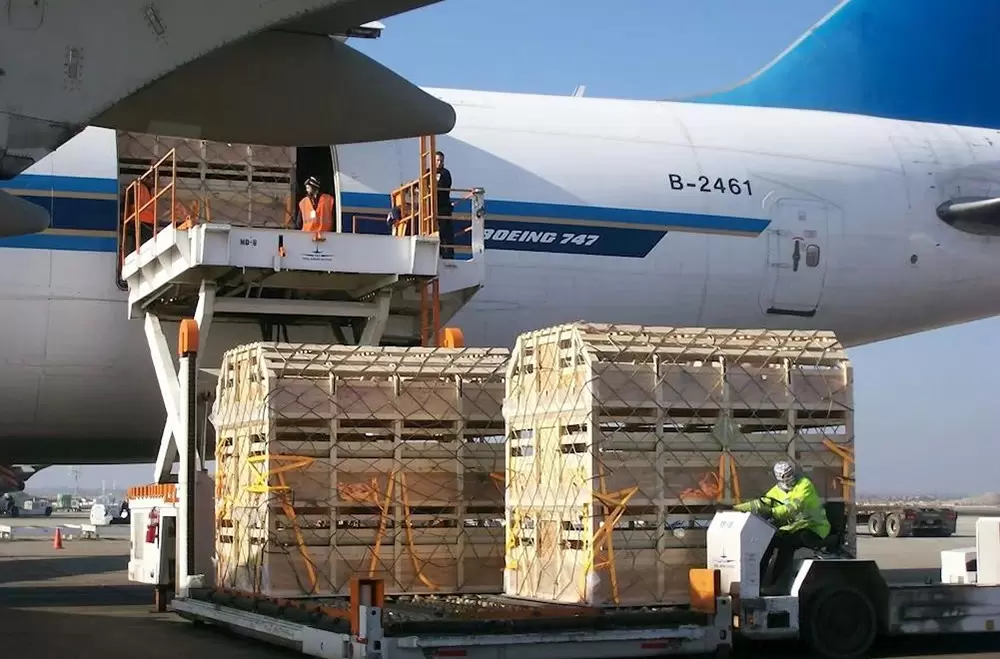Navigating the Depths: A Comparative Analysis of Air Travel and Sea Travel Safety

In an increasingly interconnected world, travel has become an integral part of our lives. Whether it's for business or leisure, choosing the safest mode of transportation is paramount. This blog post aims to delve into the safety aspects of air travel and sea travel, providing a comprehensive analysis to help you make an informed decision.
- Safety Measures and Regulations:
Air Travel:
Air travel is governed by stringent safety measures and regulations. Airlines adhere to international standards set by organizations like the International Civil Aviation Organization (ICAO) and the Federal Aviation Administration (FAA). These regulations cover various aspects, including aircraft maintenance, pilot training, and air traffic control systems. Additionally, the use of advanced technologies such as radar systems and collision avoidance systems further enhances safety in the skies.
Sea Travel:
Similar to air travel, sea travel is subject to rigorous safety measures. The International Maritime Organization (IMO) sets global standards for maritime safety, including vessel construction, crew training, and emergency response protocols. Ships are equipped with advanced navigation systems, life-saving equipment, and regular safety inspections to ensure compliance with these regulations.
- Accident Statistics and Risk Assessment:
Air Travel:
Statistically, air travel has proven to be one of the safest modes of transportation. According to the Aviation Safety Network, the accident rate for commercial flights is exceptionally low, with one accident per millions of flights. This can be attributed to the continuous improvement of aircraft design, advanced maintenance practices, and the implementation of comprehensive pilot training programs.
Sea Travel:
While sea travel has also seen significant improvements in safety, the risk of accidents remains higher compared to air travel. Factors such as adverse weather conditions, navigational challenges, and potential equipment failures contribute to this increased risk. However, it's important to note that the occurrence of major accidents in the maritime industry is relatively rare.
- Emergency Preparedness and Response:
Air Travel:
One of the key advantages of air travel is the well-established emergency preparedness and response systems. Airlines conduct regular emergency drills, and flight crews undergo extensive training to handle various emergency scenarios. Additionally, airports are equipped with advanced fire suppression systems, emergency exits, and evacuation procedures to ensure passenger safety.
Sea Travel:
Similar to air travel, the maritime industry places great emphasis on emergency preparedness. Ships are equipped with lifeboats, life rafts, and life jackets to facilitate safe evacuation in case of emergencies. Crew members undergo rigorous training to handle emergency situations, including fire incidents, medical emergencies, and evacuation procedures.
Conclusion:
In conclusion, both air travel and sea travel have made significant strides in terms of safety. However, statistically, air travel has proven to be the safer option. The stringent regulations, advanced technologies, and comprehensive training programs in the aviation industry contribute to its exceptional safety record. That being said, it's important to consider individual preferences, travel requirements, and other factors when choosing between air travel and sea travel.




